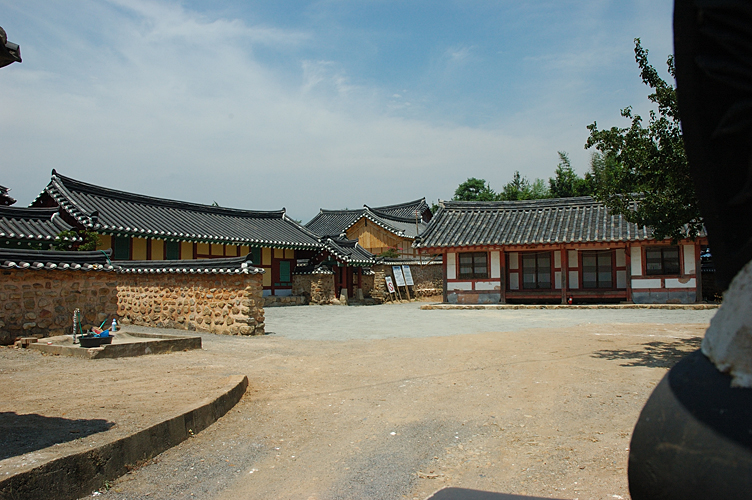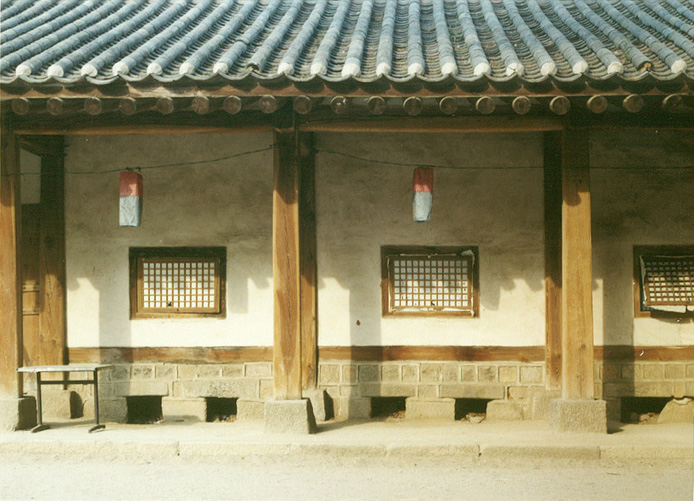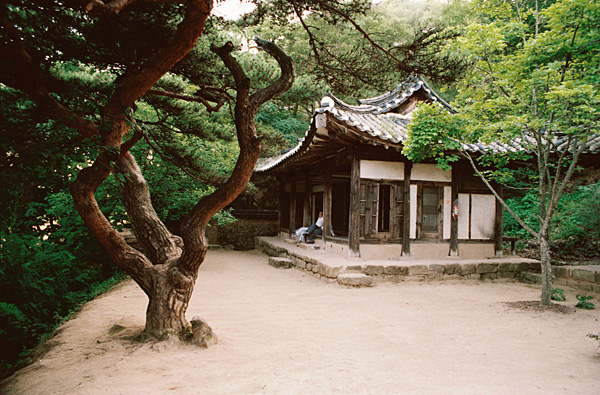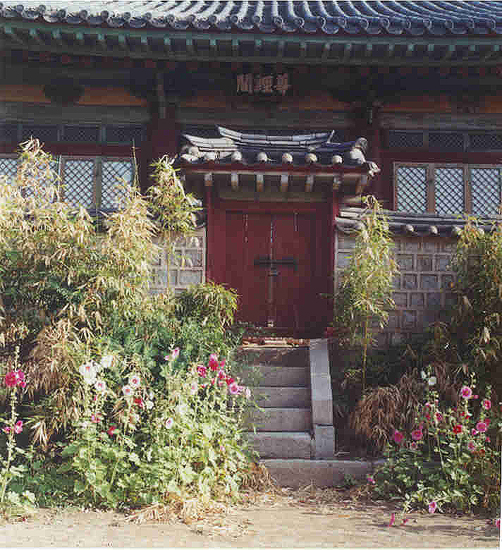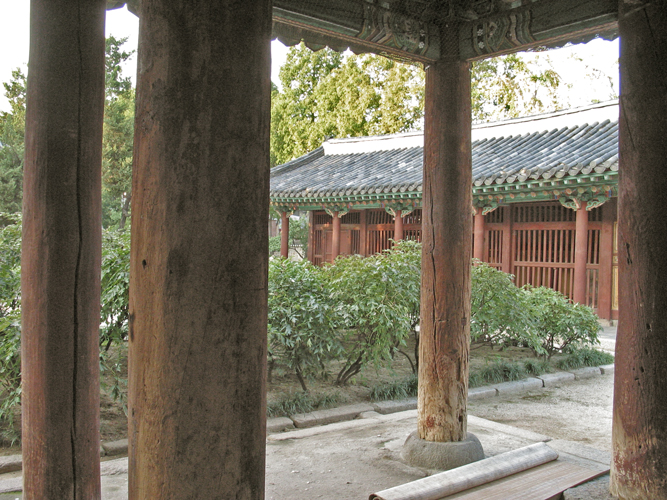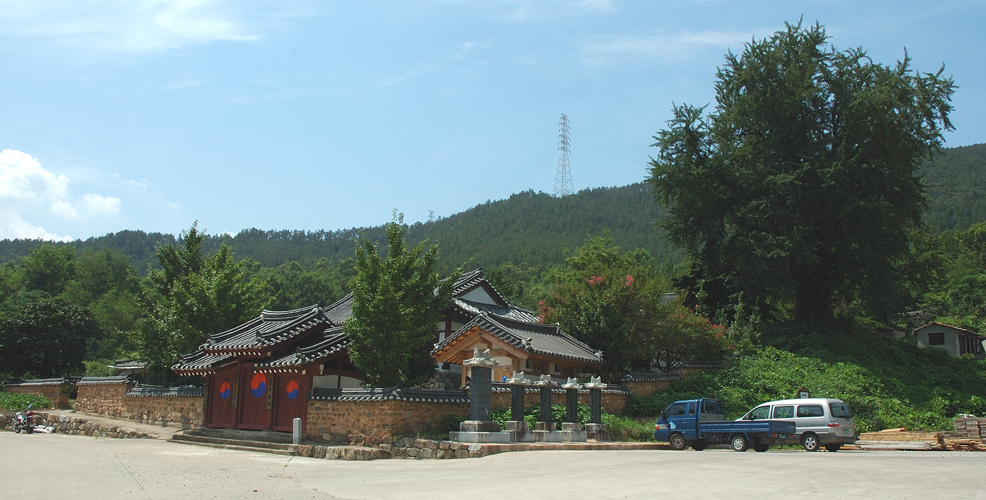Confucianism
in Korea
All
photos on this page
© John Holstein
© John Holstein
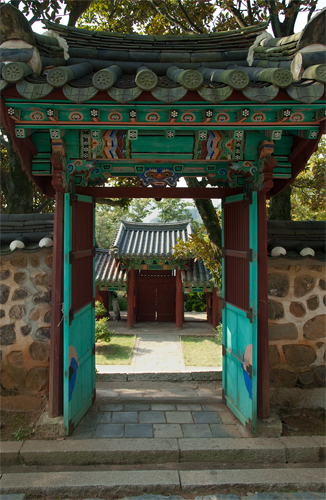
Tongyeong's
Chungyeol Memorial Shrine (Chungyeolsa). More photos here.
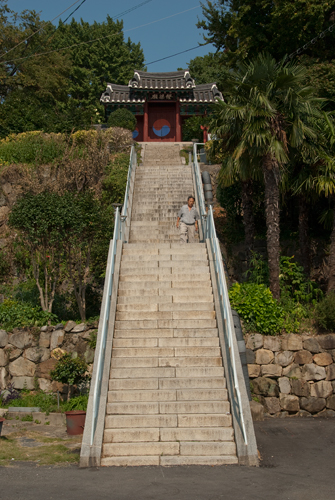
Tongyeong's
Chakryang Shrine (Chakryangmyo), housing Admiral Yi Sun-shin's spirit
tablets. More here.
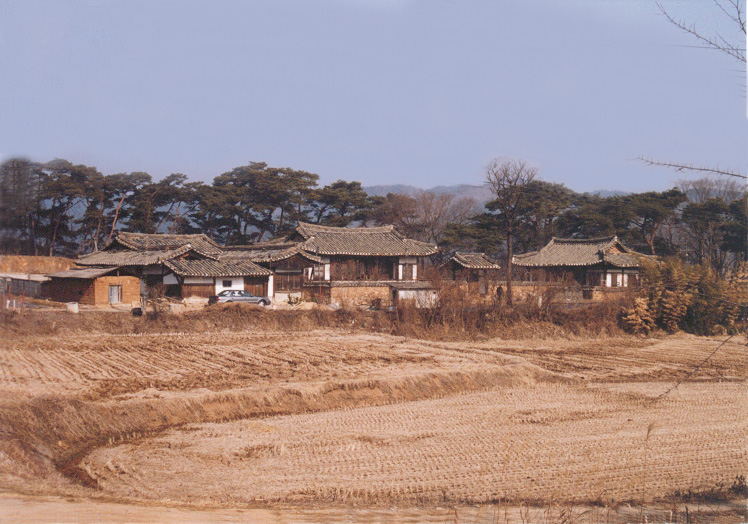
Imho
Sowon (an academy for the study of Neo-Confucianism), near Andong. These
academies were established by prominent individuals. They are now maintained
as memorials to the founder. The family that owns this sowon also owns
a manor house several hundred years old, just outside Andong. You can
read more about sowons in "Hahoe:
Where the River Returns."
The
SungGyunGwan: Myeongryundang and Daeseongjeon. (Click
here for more photos.)
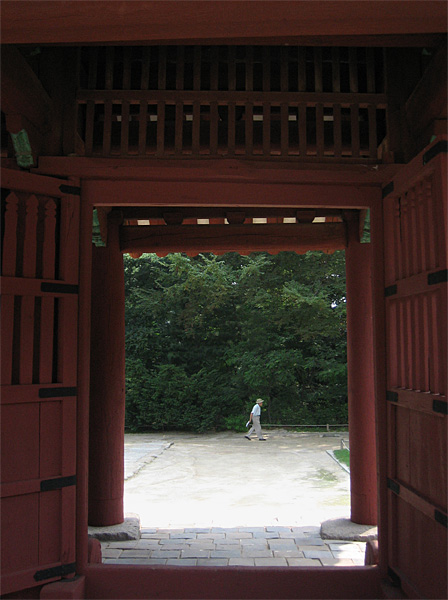
The
elderly frequently visit Seoul's Chongmyo, the shrine that houses the
Lee family (Chosun Dynasty) memorial tablets. See more photos here.
A 17th-century Confucian study hall Seomi-dong, Pungsan-eup, North Gyeongsang Province. (Click here for more photos.)
Jongyeonggak,
in back of Myeoungryundang. As the library
of Sungkyunkwan (the school for those preparing for the higher civil service
exam), it was Korea's only library of higher learning until the end of
the Chosun dynasty. It was built in 1475, rebuilt twice (in 1514 and 1626),
and restored in 1772. Its books are now in the central library of Sungkyunkwan
University.
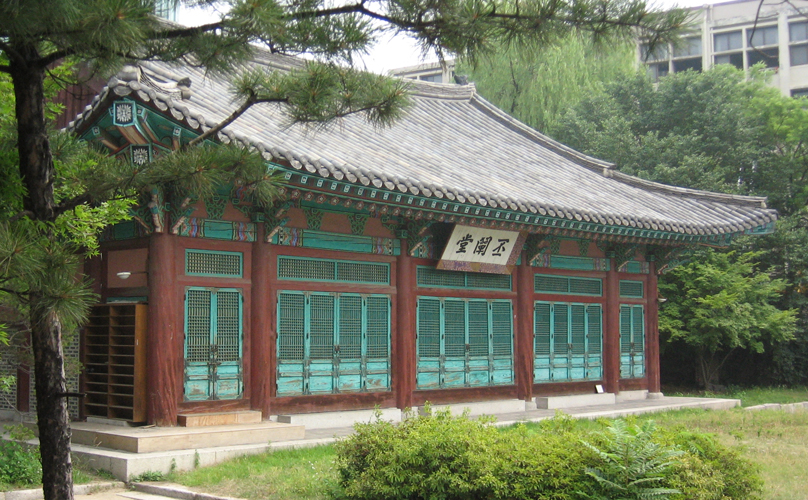
Bicheondang,
on the Sungkyunkwan University campus. It's the secondary site for the
higher civil service exam in the Chosun dynasty (the primary site was
Myoungryundang) and then it was used for classrooms after the Chosun dynasty
and when Sungkyunkwan was converted into a two-year college. Bicheondang
was built in 1664, destroyed during the Korean War (1950-1953), then restored
in 1988. (See photos of the restoration process here.)
It is now being used for the study and activities related to traditional
culture. (2006)
Dongmyo,
a Taoist shrine, on Chongno St. close to downtown Seoul. See more photos
here.
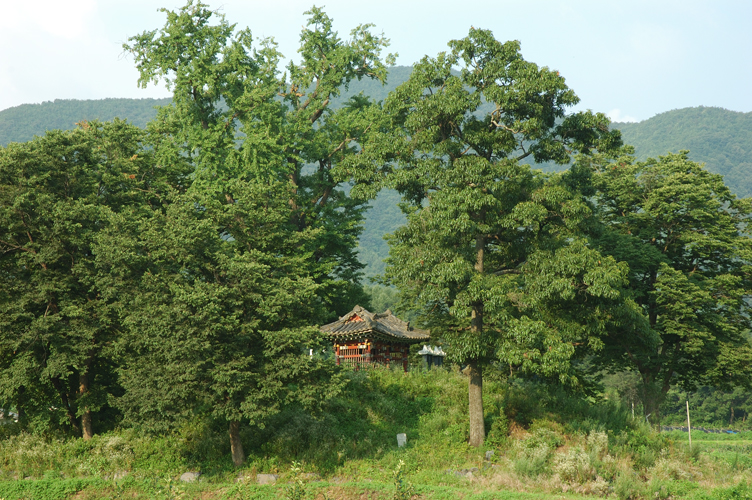
An
ancestral shrine in North Chungcheong Province. Read here
about a road trip through this province. (2006)
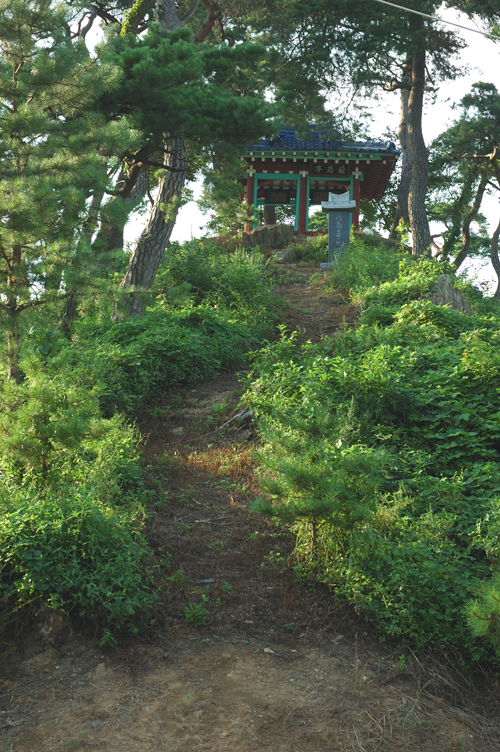
Another
ancestral shrine in North Chungcheong Province. (2006)
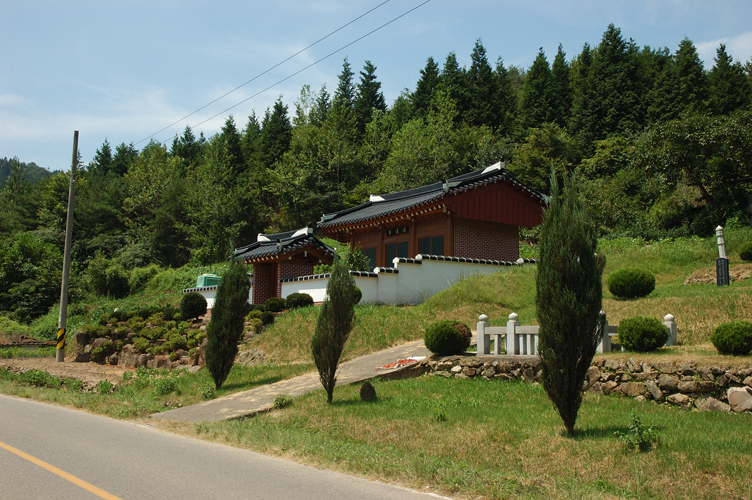
One
of many well-maintained family ancestral shrines along the highways and
byways in the Korean countryside. (2006)
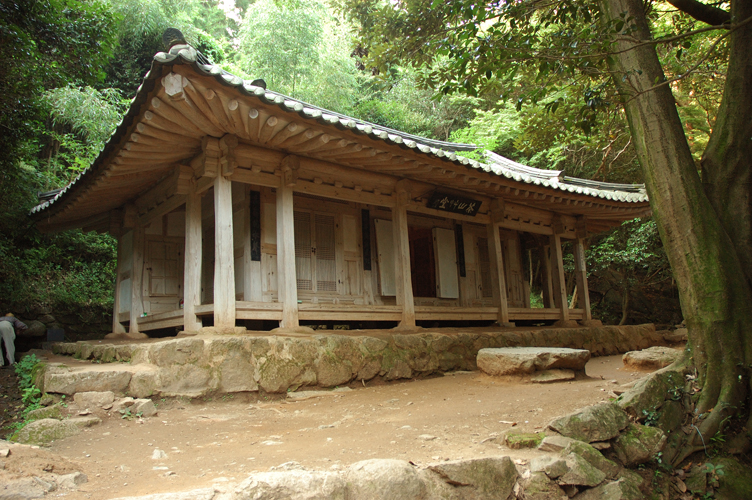

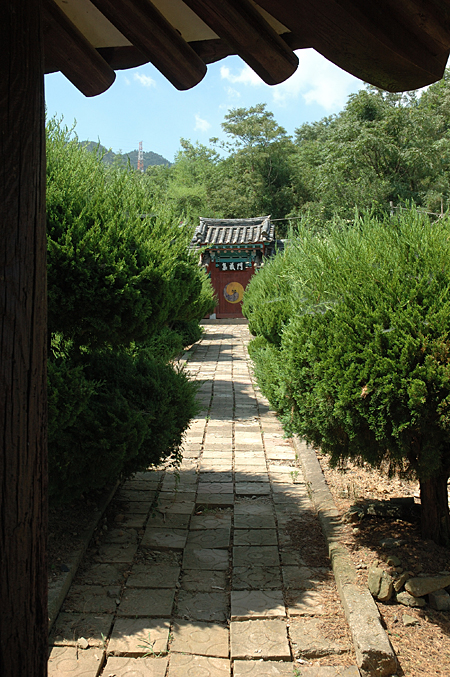
The
gate to Namgang Shrine. The gate, as luck would have it and as happens
with so many of these minor shrines in the provinces, was locked and the
caretaker nowhere to be found.
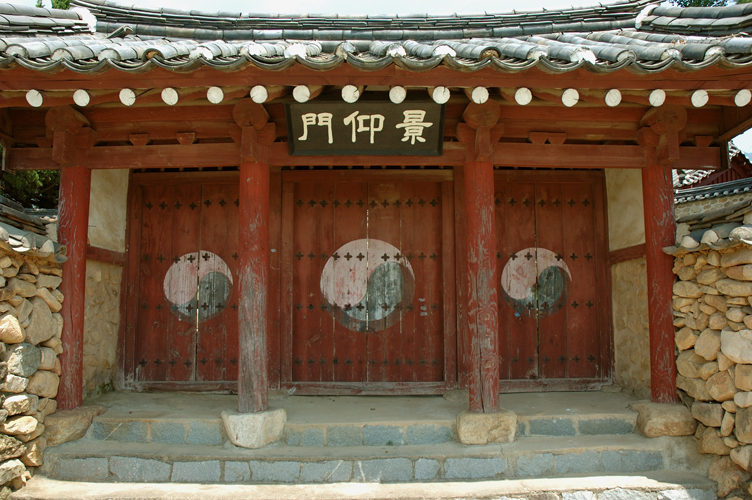
Nagan
Hyanggyo, a Chosun dynasty school where young students learned the Confucian
classics. In Nagan County, South Cholla Province. (2006)
